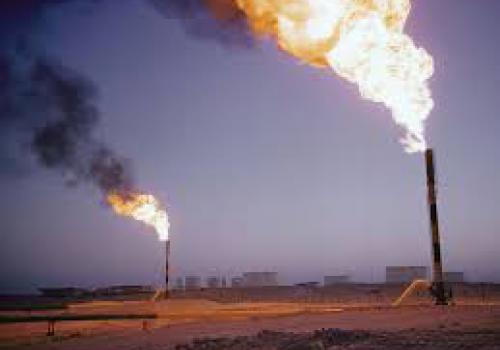Portuguese gas demand rose 5% in August to 6.3 TWh (594 million cu m) on increased generation demand, following higher gas export volumes via pipeline, REN data published Sept. 3 showed.
Gas-to-power demand rose 6% year on year to 2.9 TWh while conventional demand went up 4% to 3.4 TWh, demonstrating a stronger rebound from the COVID-19 pandemic than equivalent power demand.
For the year to date, Portuguese gas demand is still down 4% year on year, but gas demand for power generation has risen 5% year on year to 15.6 TWh.
Power demand has also recovered since the pandemic and for a second consecutive month was close to flat year on year, with an adjusted 1% drop in demand in August following an adjusted 2% drop in July, paring the year-to-date decline to 2% and thus almost wiping out the impact of pandemic-related measures applied in the second quarter.
In terms of gas supply, Portuguese shippers boosted pipeline imports via Spain in July and also received LNG shipments from Angola, Algeria and Nigeria, but nothing from the US for a second consecutive month, data from country's Energy Department, Direccao Geral de Energia e Geologia (DGEG), showed.
Pipeline supply from Algeria via Spain to Portugal totaled 79 million cu m in July, while volumes directly from the Spanish market totaled 8 million cu m, both year-long highs.
LNG import volumes totaled 389 million cu m of regasified volume -- the highest volume since April.
The increased gas-fired generation in August was accompanied by robust coal generation, which saw the country's coal fleet in use for more than half the month and reaching peak output of around 1.5 GW -- an 80% rate -- on Aug. 31, according to data from European transparency platform EntsoE.
Renewable output was also robust in an August, with demand supported by warm temperatures.
PV output in August jumped 24% year on year to 149 GWh, wind output climbed 7% to 864 GWh and hydro output rose 2% to 479 GWh.
Hydro stocks ended the month at 2.0 TWh or 64% full, 8% higher than the five-year trailing average and 12% greater than the 10-year average for the time of year.
The supply squeeze meant a 21% drop in power imports from Spain to 563 GWh -- the lowest since March -- and a 67% drop in the import balance to the lowest monthly total since February, at 194 GWh.
